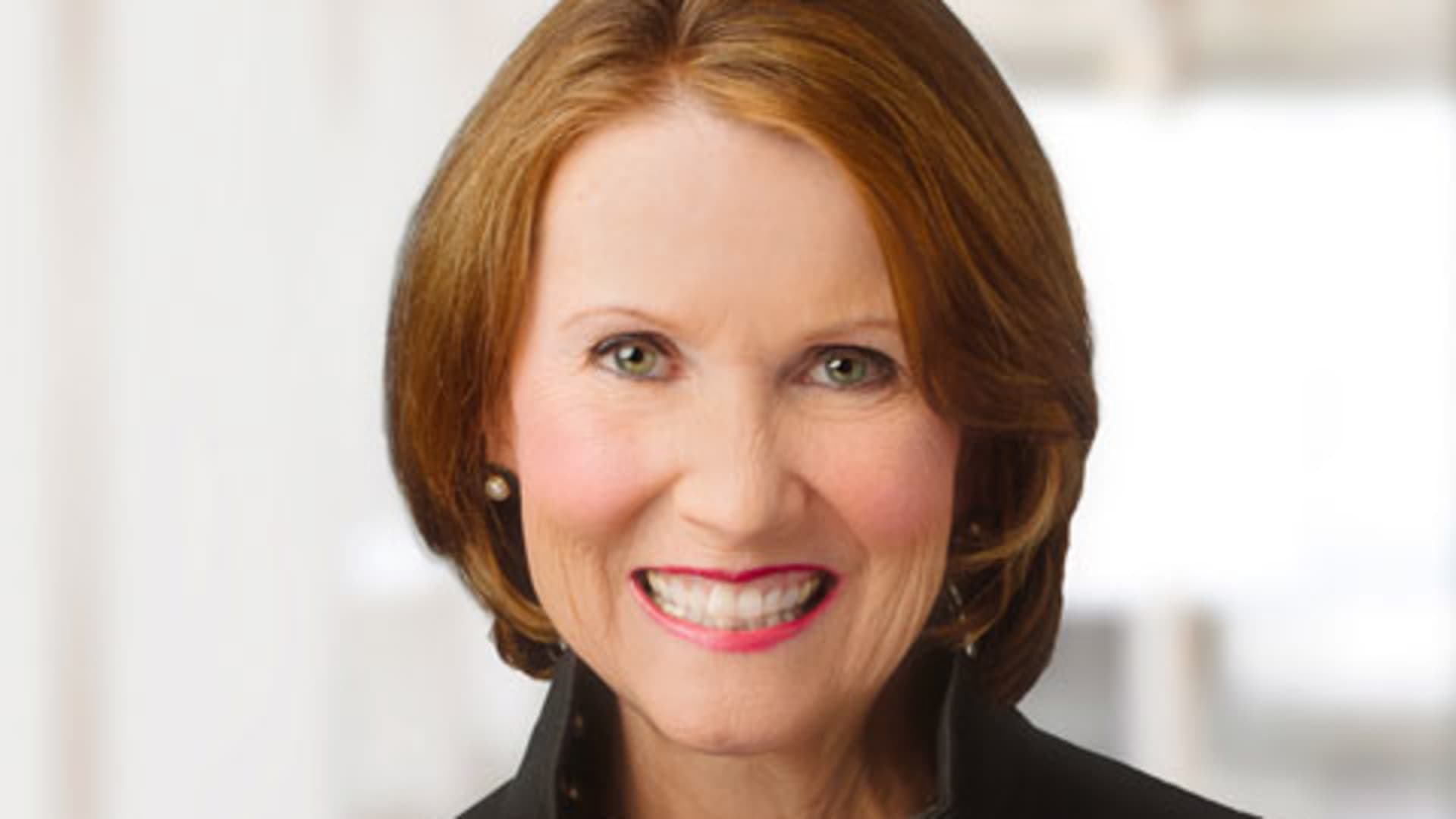
For Baird Advisors co-chief investment officer Mary Ellen Stanek, success in fixed income isn’t about hitting home runs. Instead, it’s important to have “a really high batting average,” the 45-year industry veteran told CNBC. “We don’t think this is an asset class where you’re paid typically to hit homeruns,” she said. “If you think about those big homerun hitters, often they also have very high strikeout percentages — and that’s the thing we’re trying to avoid.” Instead, Stanek strives for consistency. She takes a duration neutral approach, setting the duration equal to that of the benchmark each fund follows. The team then spends its energy on areas they believe have a higher probability of adding value — looking at yield curve positioning, sector allocation and individual security selection, she said. The result has been extremely competitive track records, said Stanek, who, as co-CIO, oversees $136.5 billion in fixed-income assets, as of March 31. “There’s a lot of value that we’ve created for investors with a predictable and, we would argue, a smoother ride than most products,” she said. That success can be seen in funds like the Morningstar five-star, gold-rated Baird Aggregate Bond Fund . Institutional shares, which trade trade under ticker BAGIX, have a 30-day SEC yield of 4.36% and expense ratio of 0.30%. Investor shares, which trade under ticker BAGSX, have a 4.11% 30-day SEC yield and 0.55% expense ratio. BAGSX 1Y mountain Baird Aggregate Bond Fund, investor shares Since BAGIX’s inception in 2000, it has seen a 4.74% annualized gain through March 31, 2024, according to Baird. During that time, it beat its benchmark — the Bloomberg U.S. Aggregate Index — by 66 basis points, the firm said. It also sits in the top quintile among its peers, per Morningstar . From bear market baby to industry accolades Stanek’s investment philosophy has been honed throughout her years of experience. She grew up the daughter of a banker and worked college summer breaks at her father’s community bank. That experience helped her land her first post-college job in fixed income in 1979 at First Wisconsin Trust. That was just as interest rates began to move sharply higher and became very volatile. By July of 1981, the yield on the 10-year Treasury hit 15.82% “We grew up as bear market babies in a hyper-risk environment, where we really had to get very, very sharp about both understanding the risk we had, and then the calibration of the opportunity versus the risk,” Stanek said. A few years later, she was promoted to chief investment officer. In 1985, she launched her duration neutral strategy and hasn’t looked back. In 2000, she was among the leaders who founded Baird Advisors. The team runs a number of fixed income funds in addition to the Baird Aggregate Bond Fund, including the Morningstar five-star rated Baird Intermediate Bond Fund. The product was one of the top performing actively managed bond funds in 2023, according to Morningstar. BIMSX 1Y mountain Baird Intermediate Bond Fund, investor shares “It’s our job to deliver both a competitive product and attractive returns, but also in a format and understandable that you can understand the risks we’re taking, and that you can feel comfortable and confident and sleep better at night,” Stanek said. Along the way, she has also collected accolades, including being named to Pensions & Investments’ 2023 Influential Women in Institutional Investing and in 2022, being crowned outstanding portfolio manager by Morningstar. Where she sees opportunity now Stanek and her team are being very selective right now as credit spreads have gotten tighter. The allocation to Treasurys has gone slightly up in the portfolios, while credit has dipped a bit. “We’re placing new money selectively, selling when things have gotten too tight in our opinion, and being very patient, making sure we’re keeping dry powder in the portfolios for better opportunities,” she said. Within bonds, investors should consider going out the curve, she said. With the yield curve still inverted, short-term term Treasury bills are yielding over 5%. “While that’s attractive, don’t get caught,” Stanek cautioned. “At some point, the curve will right itself and short rates will drop, and then you’ll be sorry that you didn’t lock in these higher yields for a longer period of time,” she said. She suggests doing annual reviews of your portfolio to determine if the asset allocation still makes sense. For those with a longer-term horizon who want to move out the curve, do it in stages, she said. “A lot of people will be immobilized if it’s that big one time decision,” Stanek said. “Get a plan and maybe you do it in three tranches, or … a chunk every quarter, and know fully that you’re continuing to move out the curve in a methodical way.” She also sees some opportunities within securitized products, such as residential and commercial agency mortgage-backed securities , as well as AAA-rated non-agency MBS. “The securitized sectors that tend to be higher quality generally continue to offer pretty good value,” she said. “But very selective — we are bottom up investors.” Diversification is also important because as good as yields are right now, there is a long list of things that could potentially go wrong, she said. It all comes down to managing risk carefully, she said. “At times, we say to ourselves, we’ve seen this movie before,” Stanek said. “If we’re not being paid to take on more risk in the portfolios, it’s okay if we continue to look for higher-quality spots to invest in and be patient and wait for better relative risk, relative value.”
